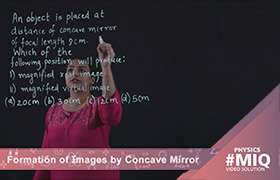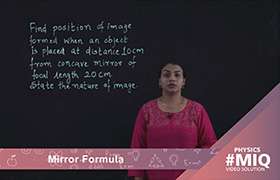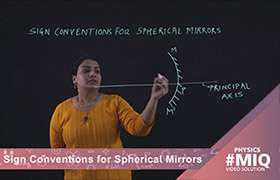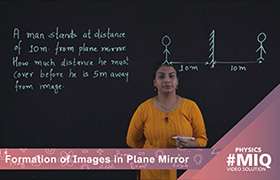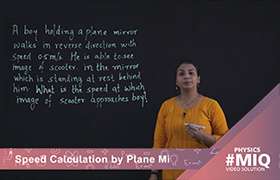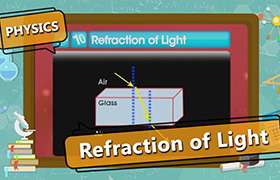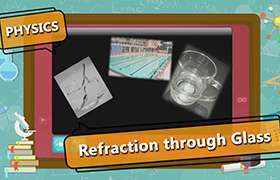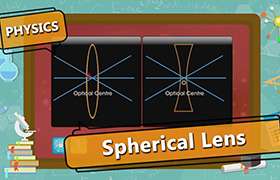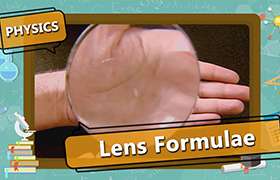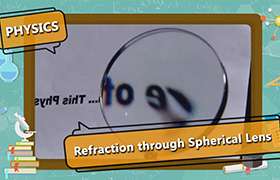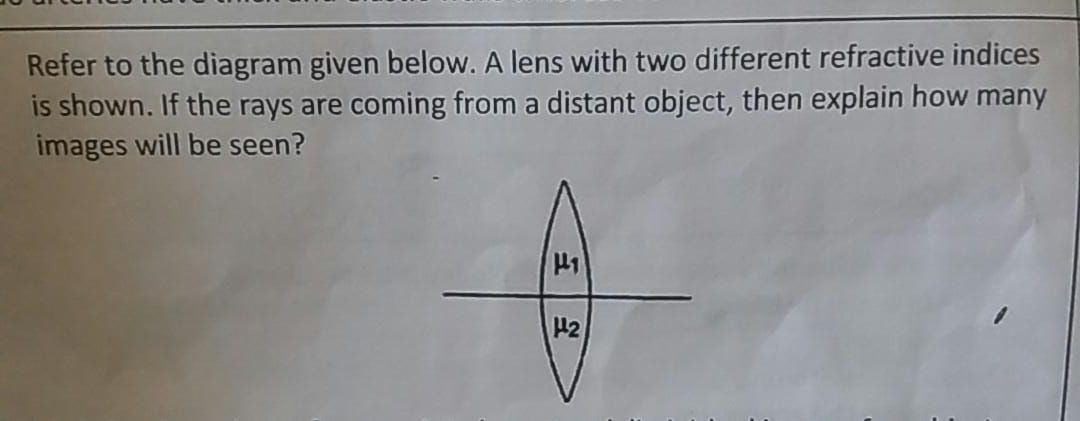CBSE Class 10 Answered
Consider a ray of light AB, parallel to the principal axis, incident on a spherical mirror at point B. The normal to the surface at point B is CB and CP = CB = R, is the radius of curvature. The ray AB, after reflection from mirror will pass through F (concave mirror) or will appear to diverge from F (convex mirror) and obeys law of reflection, i.e., i = r.
From the geometry of the figure,


If the aperture of the mirror is small, B lies close to P, \ BF = PF
or FC = FP = PF
or PC = PF + FC = PF + PF
or R = 2 PF = 2f

Similar relation holds for convex mirror also. In deriving this relation, we have assumed that the aperture of the mirror is small.
Hope this helps.
Regards
Team
Topperlearning



